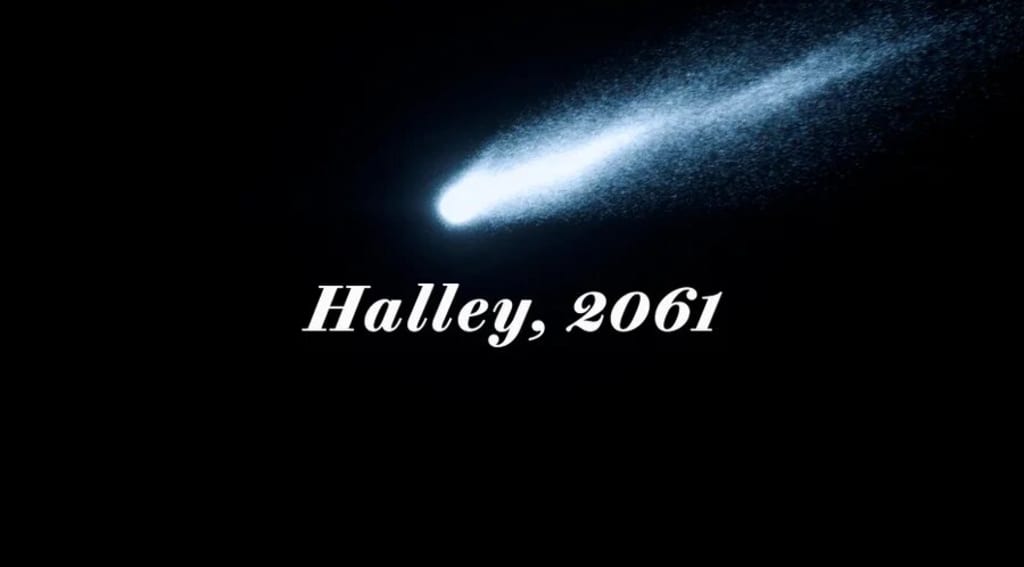Halleys Comet: Astronomical Phenomenon Signals its Grand Return!
Get Ready for Halleys Comet: A Spectacular Close-Up in 2061!

Heading Back Our Way
Guess what? Halleys Comet, which has been zooming away from Earth for almost 40 years, is about to turn around and come back to us! This means we'll get a super close-up view of the comet in 2061.
Farthest Point from the Sun
On December 9th, Halleys Comet is expected to reach its farthest point from the sun, called its aphelion. It will be about 35 times the distance between Earth and the sun, which is really far! NASA says that this puts the comet even beyond Neptune and close to Pluto.
Midway Point
Think of this as the halfway point of Halleys routine orbit around the sun. For the past 38 years, the comet has been moving farther and farther away from us. But now, it will spend the next 38 years getting closer and closer.
Last Close Approach
The last time Halleys Comet came close to the sun was on February 9, 1986. It got as close as 54.6 million miles from the sun, which is really close in space terms! After that, it became too small and dim to see, so astronomers haven't been able to spot it since 2003.
What Are Comets?
Comets are like big balls of ice and dust that go around the sun. They're famous for their tails, which form when the sun's radiation turns the ice into gas and dust. This makes the gas and dust stream behind the comet as it moves.
The First Predicted Comet
Halleys Comet was the first comet that astronomers predicted would come back to Earth's skies. In 1682, an astronomer named Edmond Halley saw the comet and didn't know what it was. He called it a hairy star! Later on, he compared his observations to sightings in 1531 and 1607 and realized they were all the same comet. Halley predicted that it would come back in 1758, and he was right! The comet was eventually named after him.
Get Ready for 2061!
We'll have to wait until July 28, 2061, for Halleys Comet to come close to the sun again. But don't worry, you can still experience its legacy twice a year. In May, we have the Delta Aquariid meteor shower, and in October, we have the Orionid meteor shower. These meteor showers happen when debris from Halleys Comet falls through Earth's atmosphere and burns up, creating shooting stars for us to see!
About the Creator
Enjoyed the story? Support the Creator.
Subscribe for free to receive all their stories in your feed. You could also pledge your support or give them a one-off tip, letting them know you appreciate their work.





Comments
There are no comments for this story
Be the first to respond and start the conversation.